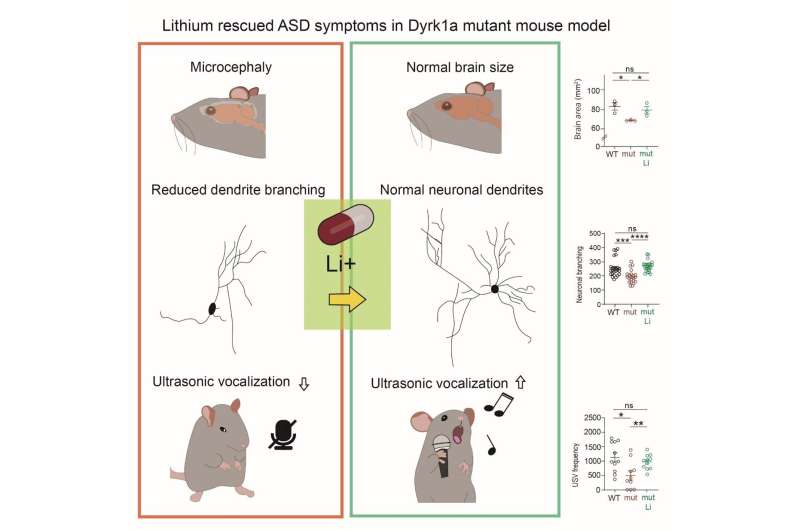ASD is a neurodevelopmental disorder affecting 2.8% of the global population, characterized by social deficits, repetitive behaviors, intellectual challenges, and anxiety. Because ASD imposes a heavy burden not only on the patients themselves but on their families and society as a whole, new therapeutic methods must be developed to treat the core symptoms of ASD. Despite its prevalence, there are no definitive treatments or preventive measures.
Among the many genetic risk factors for ASD, Dyrk1a mutations stand out as significant, leading to conditions such as Dyrk1a syndrome. Patients carrying Dyrk1a loss-of-function mutation have presented with ASD, microcephaly, language problems, social disability, and anxiety. The mouse model carrying Dyrk1a I48K truncation mutation (a human patient mutation), also mimics these phenotypes closely.

